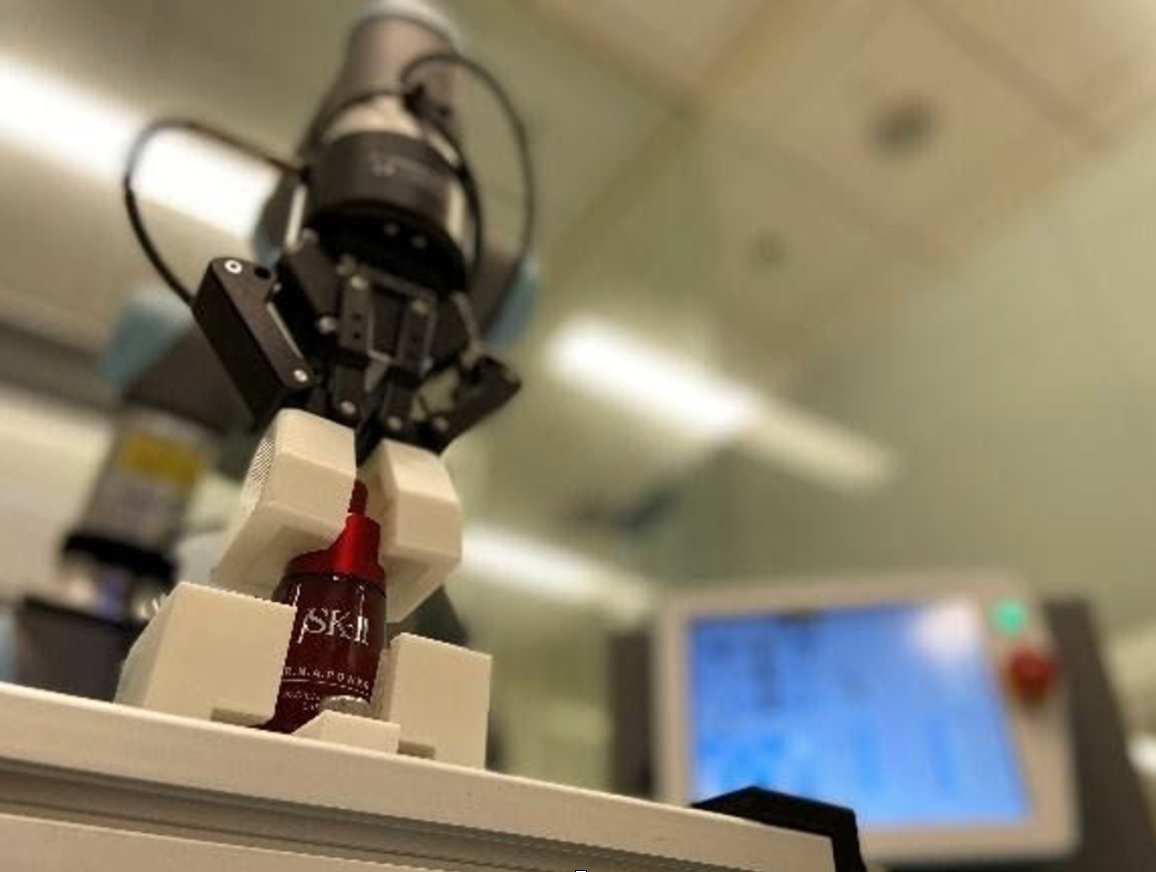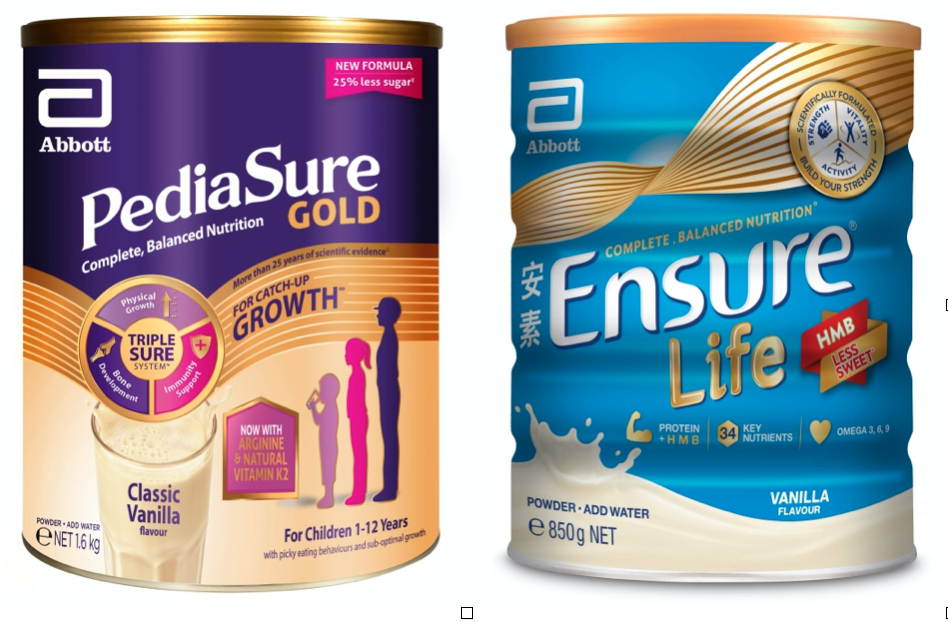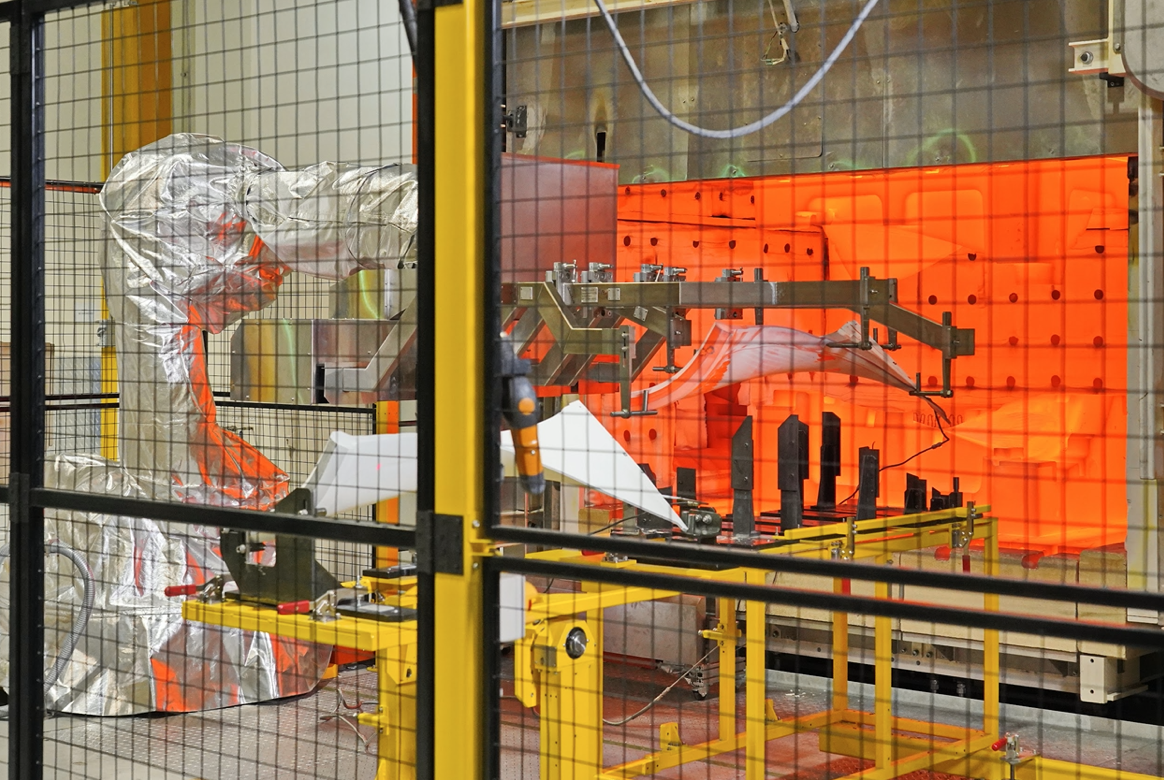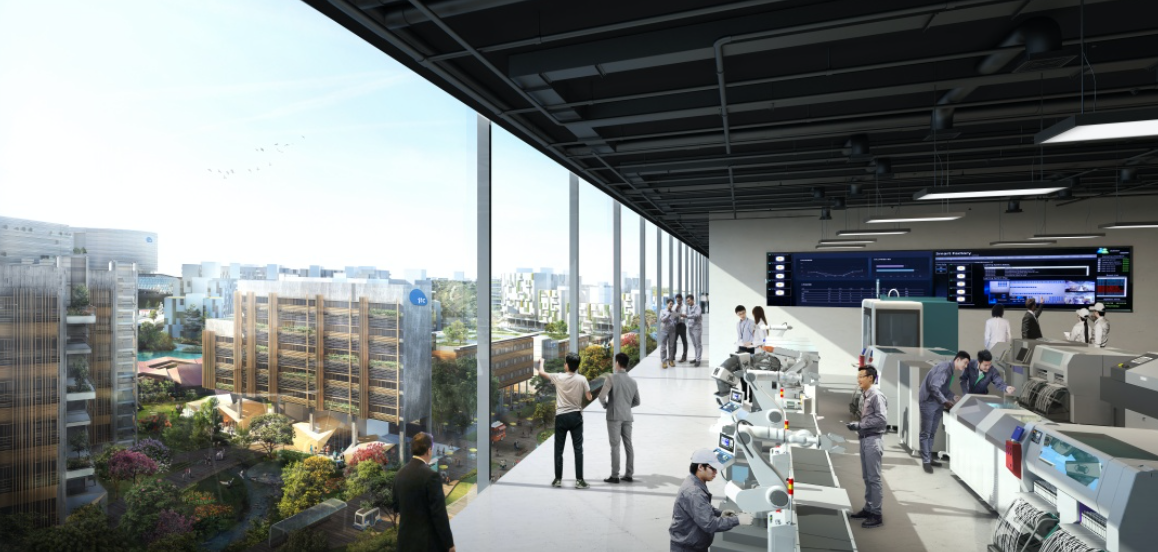
Manufacturing today is quite hi-tech.

Remember when SK-II was launched in the 1980s?
The marketing story that was put out with the “Miracle Water” was the discovery of the equally miraculous Pitera — found deep in the bowels of a sake brewery and immortalised (literally) on the brewery workers’ hands. Now, if that’s where you think your cute little tub of SK-II RNA Power comes from, you need to think again — specifically less brewery and more laboratory — and maybe re-evaluate your personal hygiene.

The SK-II RNA Power skincare range contains PITERA™ that is sourced from Japan, but the product formulation is designed by the Procter & Gamble Singapore Innovation Centre at Biopolis @ one-north which has centralised, advanced formulation capabilities.
1. Collaborative robots that increase productivity
Over at P&G’s Singapore Innovation Centre, scientists, engineers, and researchers experiment, create, and refine new products daily with the aid of state of the art facilities.
Like this collaborative robot — or cobot — here:

These collaborative robots are designed to perform precise, repetitive actions — like pressing a SK-II RNA Power pump bottle several hundred times. The automation of such repetitive tasks helps to increase productivity, as it frees up workers to perform other tasks, and improve quality.
This is how P&G ensures consistency (the same amount is pumped out each time) and durability (the bottle doesn’t break into fragments after one use) of its products.
These collaborative robots are so named because they are designed to work alongside humans. They have more rounded corners, usually made of lightweight materials, and carry small loads.
Fun fact: The P&G Singapore Innovation Centre hires 460 scientists and engineers from 28 nations, with expertise spanning 18 science and engineering fields, making the centre Singapore’s largest private research facility.
2. 3D printing for faster innovation and sustainability
Researchers at the P&G Singapore Innovation Centre are also very well acquainted with another piece of advanced manufacturing equipment — the 3D printer.
According to P&G, its staff uses 3D printers on a daily basis to do everything, from making custom parts for their research equipment to developing packaging prototypes.
What would have initially taken the company months and tens and thousands of dollars to make can now be ready in hours, enabling them to innovate faster than ever before.
3D printing is also very useful because it can produce a prototype — and multiple iterations of it — very quickly and easily.
For instance, the housing for Ambi Pur Bathroom Fresh air freshener — another familiar household product — was created using 3D printing.
It was designed in a way that maximises passive air flow based on P&G’s in-house computer modeling and simulation work. And the 3D printer was able to spit it out exactly as envisioned.

Fun fact: Ambi Pur was designed and invented in Singapore. It was created after researchers at the same P&G Singapore Innovation Centre realised that odours linger in the bathroom due to ammonia that is trapped within the walls.
This made typical air fresheners ineffective. The researchers then formulated a new type of air freshener which flushes out the trapped odour molecules and neutralises them.
P&G isn’t the only one who takes advantage of 3D printing in their manufacturing process.
3M, the company that produces Post-it Notes, Scotch Tape, and Scotch-Brite Pads uses 3D printing not for their products, but their equipment, leading to more sustainable manufacturing.
Those familiar with 3D printing would know that the traditional way of doing it would involve using a laser to carve a product from a solid block. This is a very wasteful process.
To get around this, 3M uses another method of 3D printing — Fused Deposition Modelling — where melted thermoplastic filaments are layered one by one to form a 3D object. It is a more sustainable method because there is less material wasted.
Fun fact: To date, 3M’s production technicians have designed and printed more than 1,100 equipment parts which are used in 3M’s manufacturing processes for products like their 3M Particulate Respirator N95.
3. Robotics for greater precision
Over at Tuas Biomedical Park, advanced manufacturing plays a part in Abbott’s production line — more specifically, its packaging line.
Abbott is the American healthcare multinational company which produces milk powder brands like Pediasure, Similac, Ensure, and Grow.
Abbott has a new packaging line which is entirely automated, thanks to the use of robotics. This, said the company, makes the packaging process “precise and productive from start to finish”.

Engineers at Abbott also use data analytics to visualise the whole manufacturing process with greater precision.
This is especially important for Abbott which produces more than just growing up milk for children in its Tuas Biomedical Park plant. It also manufactures nutritional products for adults and those with medical needs.
So when production shifts from say an adult product to a pediatric product, it is important to avoid carrying traces of the first product to the second.
This is where data analytics and automation help Abbott to be precise about the amount of powder to flush to remove traces of the adult product, avoid contamination, and ultimately produce a high quality product.
Fun fact: The Pediasure Gold and Ensure Life — which are breakthrough products according to Abbott — were researched in Singapore and are now exported to 29 countries globally.
4. Automation for improved safety
Over at Seletar Aerospace Park, the Rolls-Royce Fan Blade Singapore facility produces a beautiful piece of technology for airplane engines.
It is the Rolls-Royce hollow titanium wide chord fan blade and it is quite special, being both lightweight and exceptionally strong.
Fun fact: The fan blades propel the Trent Aero engines on selected Airbus and Boeing planes. The fan can move a tonne of air per second, and produces over 80 per cent of the engine’s thrust. At full thrust, the blade tips can even rotate faster than the speed of sound.

Here’s how it’s made.
Each blade is made from three titanium sheets which are bonded in an ultra-clean production facility through a process of diffusion bonding.
Then the blade has to be placed in a very hot furnace to be twisted through a process called super plastic forming before the insides of the blade are filled with inert gas.
The super plastic forming process used to be done manually by three men in full-body protection suits. Now, this process is completed by 10 foundry robots, which is both efficient, precise, and safe for the workers since they don’t have to expose themselves to a hot furnace.

Manufacturing has been evolving in many ways in Singapore
The manufacturing industry is always changing and in many ways, it is also improving thanks to advances in technology that not only help manufacturers produce faster, efficiently, sustainably, but also safely.
Manufacturing today contributes 20.9 per cent to Singapore’s GDP. It is an important and integral part of our economy.
All of the plants listed here are located in manufacturing estates developed and masterplanned by JTC. In fact, 80 per cent of industrial land in Singapore is managed by the statutory board.
Its latest project is the Jurong Innovation District, touted as Asia’s one-stop hub that brings the entire ecosystem of manufacturers, researchers, technology and training providers together to harness advanced manufacturing and smart technology.

So, the next time you pick up an Ambi Pur or apply your SK-II, take a while to remember that a lot of technology went into bringing this to you.
This article first appeared on Mothership.sg. on 10 October 2020.
 A Singapore Government Agency Website
A Singapore Government Agency Website


